







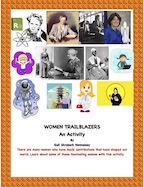
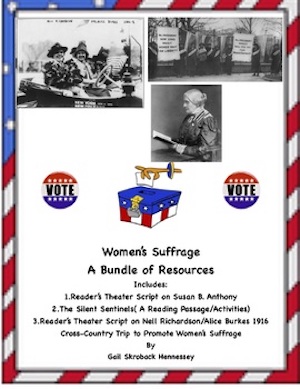
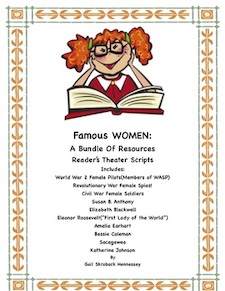



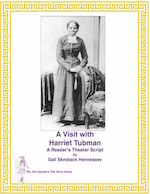
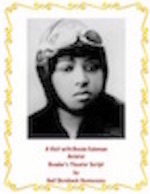
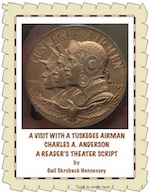
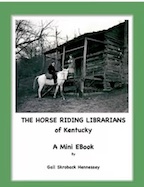


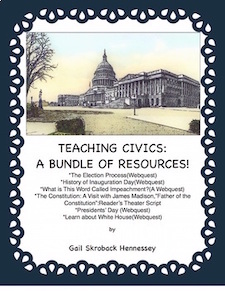


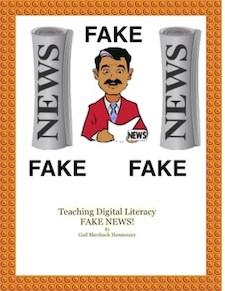
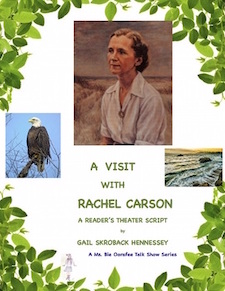
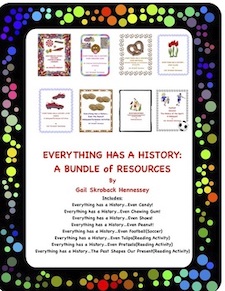
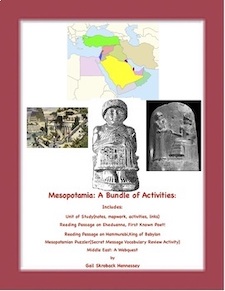
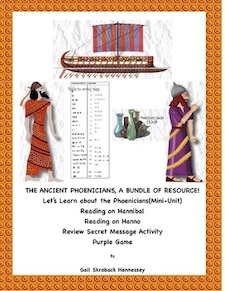

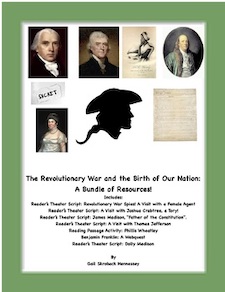
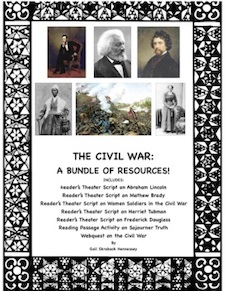
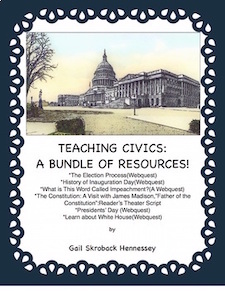
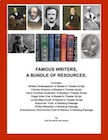
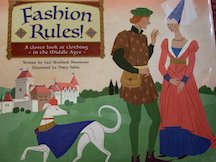
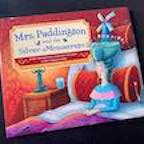
My Book-Mrs. Paddington and the Silver Mousetraps



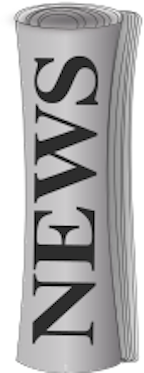
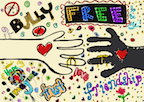
Anti-Bullying Resources
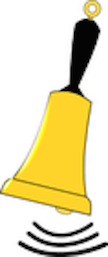
Bell Ringers!
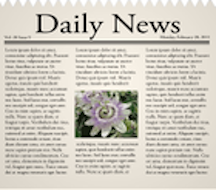
Updated regularly
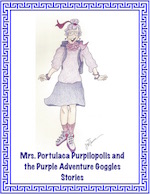
Mrs. Portulaca Purpilopilis
and the Purple Adventure Goggles




Facts to Wow your Friends!

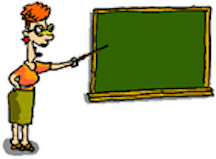 Teaching Ideas!
Teaching Ideas!
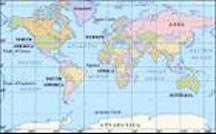
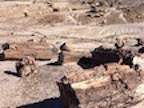

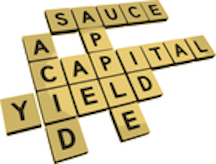

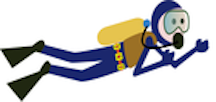

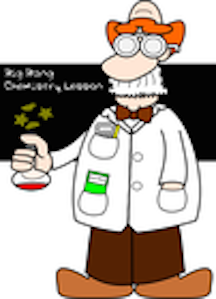
` `


Charlie Brandts, official White House Beekeeper!
He is now retired.- 1. What's it like being the official White House beekeeper?
As the White House beekeeper I have to manage the colony of honeybees that live in the beehive there, which is in fact the first beehive on the White House grounds. That includes monitoring what the bees require from season to season. For example, in the spring they need lots of room to raise the new bees of the year. Those bees will be the ones to collect all the nectar to make that year's honey crop. And after the honey is harvested and put into containers I must be sure that the bees are properly nourished for the remainder of the year. They may need to be fed sugar syrup in the late summer and fall so that they have plenty of food to eat all winter long.
2. What got you interested in beekeeping?
I've always liked local, quality honey and the idea of having my own honey inspired me to start 2 beehives right in my own backyard in 2007.
3. Can you share a particular memory of being the White House Beekeeper?
One of my favorite things about being the White House beekeeper is sharing what I do with children. The best opportunity for that is at the White House Easter Egg Roll which happens every Easter Monday. During that event, myself and 16 other beekeepers teach visitors, especially kids-all about the hive.
4. How many bees/hives are located at the White House? Where are the hives?
There is only one beehive at the White House and it's located 30 feet east of Mrs. Obama's kitchen garden on the south grounds. In fact, we think having the bees so close to the garden has helped all those fruits and vegetables grow because of the pollination.
5. About how much honey is collected each month or year(whichever is easier to state)? What is done with the honey collected?
We've averaged around 175 pounds of honey annually for the past 4 years. After harvest and extraction the honey is given to the White House chefs who use it to prepare food for the First Family and special events at the White House. Mrs. Obama has also given the honey as gifts to guests visiting the White House from around the world.
6. Can you describe the process of what you do as beekeeper to children? What do you wear?
As a beekeeper it's my job to keep the bees happy and healthy. That includes furnishing them with a clean home that is protected from the weather. You and I don't want to live in a drafty cold house with a leaky roof and neither do the bees! I also have to provide them nourishment when there is not enough pollen and nectar available in the surrounding area.
Honeybees only sting in defense of their colony, so if you handle the hive gently stings will rarely occur. But I wear a screen veil over my head to protect myself from any defensive guard bees just to be extra safe.
7. What got you interested in beekeeping? Anything in your childhood help spark an interest?
I've always been interested in nature. There was a wild honey bee colony in a very large sweet gum tree near my elementary school. I would stop on my way home after school and observe the coming and going of the busy little worker bees. That's where I think my interest in honeybees started.
8. What is the most difficult aspect of being a beekeeper/ What is the best part about your career choice?
The hardest thing about beekeeping for me is working in hot weather. Honey is harvested in the Washington DC area mostly in July. Hauling around 50 pound boxes of honey in 90 degree heat can be hard work. The best thing about being a beekeeper is to be able to share my experiences with others. I love to teach both young and old people about beekeeping.
9. Anything else you'd like to share with children about working at the White House?
One of the most fun things about working at the White House is that you get to see the president's helicopter, Marine One, land and take off a lot right there in the backyard.
But while it's fun to watch, the winds are pretty strong. So I had to be sure when I placed the beehive at the White House that it was anchored down well so the wind wouldn't blow the hive over. Boy would that be a big mess with spilled honey and unhappy bees.
So our hive is well anchored and the bees are happy to pollinate the garden, make honey and make life just a bit sweeter at the White House.
Learn about honeybees:HoneyBees(National Geographic)
NOTE: Illustration from:http://www.about-bees.com/free-bee-clip-art.html